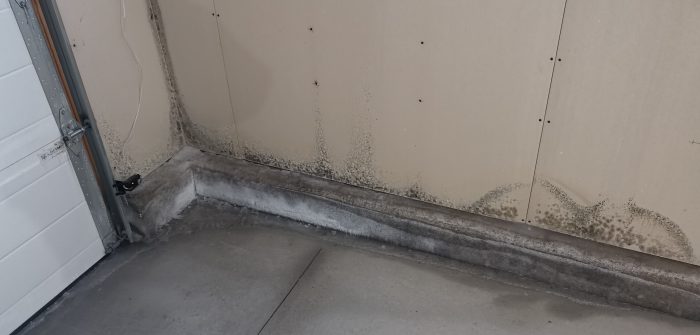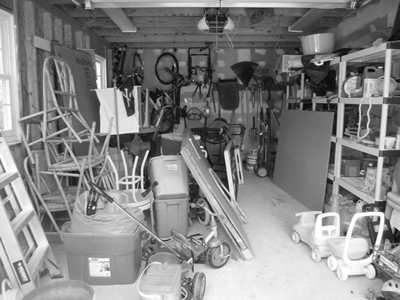
The Comprehensive Guide to Using StoreWall Hooks for Gardening Power Tools
Welcome to the ultimate guide to enhancing your garden shed or garage space with StoreWall hooks, the innovative solution for hanging gardening power tools. With gardening enthusiasts amassing a variety of tools to maintain their outdoor oasis, efficient organization is key. StoreWALL hooks offer a robust, adaptable, and sleek way to keep your gardening gear within reach but out of the way, turning your space into a model of efficiency and order.
Why StoreWall Hooks Stand Out for Garden Tool Organization
- Customizable Organization: StoreWALL offers a flexible wall storage system that can be customized to fit tools of every shape and size, ensuring that everything from your bulky leaf blower to your delicate pruning shears finds its perfect spot.
- Space Optimization: Utilizing vertical space on walls, StoreWALL hooks clear valuable floor area, making your shed or garage feel more spacious and navigable.
- Ease of Access: With tools prominently displayed and easily reachable, you can say farewell to time wasted sifting through drawers or boxes for the right equipment.
- Strength and Security: Crafted to hold substantial weight, these hooks ensure that even your heaviest garden machinery is stored safely and securely.
Selecting the Perfect StoreWALL Hooks for Your Tools
To harness the full potential of the StoreWALL system, choosing the right hooks for your tools is essential:
- Assess Tool Requirements: Consider the weight and size of each tool. Heavier equipment will require stronger hooks with a higher weight capacity.
- Match Hook to Tool: The variety of hooks available means there’s a perfect match for every tool. Utility hooks are ideal for larger items, while smaller tools might best be served by standard hooks or baskets.
- Durability Matters: All StoreWALL Hooks are made from heavy-duty steel, powder coated, and supported with a rubber tip to protect your tools. Every StoreWALL hook also comes with CamLok ensuring your tools are protected from falling and enhancing your garden shed.
Hook & Tool Recommendations
Below is a list of tools commonly found in your garden shed and the appropriate hook for hanging it safely on your StoreWALL Garage Wall Panels.

Implementing Your StoreWall System: A Step-by-Step Guide
- Inventory Your Tools: Begin by laying out your gardening power tools to get a clear picture of what you need to hang and how much space it might take.
- Design Your Layout: Temporarily place your tools against the wall where you plan to install the StoreWall. This will help you visualize the space and decide on the best arrangement.
- Install StoreWall Panels: Securely attach your StoreWall panels to your garden shed or garage wall, following the manufacturer’s guidelines to ensure they are properly anchored.
- Attach Hooks and Hang Tools: Place your selected hooks onto the StoreWall. Then, hang your tools, adjusting the layout as necessary for the best fit and accessibility.
- Organize for Efficiency: Consider organizing your tools by type, size, or frequency of use.

Maintaining a Safe and Organized Space
- Securely Hang Tools: Make sure tools are properly placed on hooks to prevent accidental falls, which could lead to injury or damage.
- Child and Pet Safety: Keep sharp and dangerous tools out of reach of children and pets to prevent accidents.
- Tool Care: Clean your tools before hanging them back. This not only prolongs their life but also keeps your space tidy.
Conclusion
StoreWALL hooks offer a game-changing approach to organizing gardening power tools in your shed or garage. By employing this innovative system, you not only maximize space and improve accessibility but also create a more enjoyable and productive gardening experience.
StoreWALL is the ideal partner when you decide to enhance your garden shed. Dive into the world of StoreWALL, and transform your cluttered space into an organized, efficient, and safe area for your gardening passion.



















